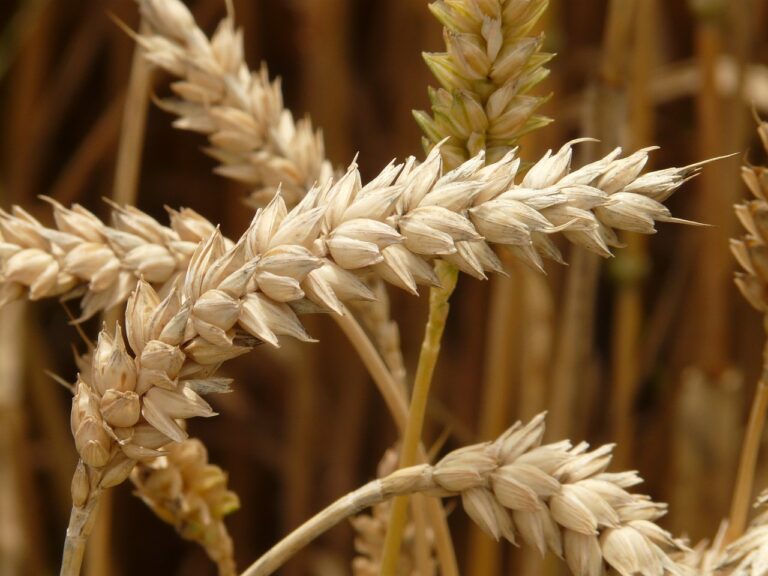Exploring the History of Coffee Cultivation
11xplay reddy login registration, gold365 login, Skyfairs New ID:Coffee has become a beloved staple in many people’s lives around the world. It’s a beverage that has the power to bring people together, provide a much-needed energy boost, and create a sense of comfort and warmth. But have you ever stopped to wonder about the history behind this magical bean? Where did it all begin, and how has coffee cultivation evolved over the years? Join me on a journey as we explore the fascinating history of coffee cultivation.
The Origins of Coffee
The story of coffee cultivation dates back centuries, to the lush lands of Ethiopia. Legend has it that a 9th-century goat herder named Kaldi stumbled upon coffee by accident. He noticed that his goats became unusually energetic after eating the red berries from a certain tree. Curious, Kaldi tried the berries himself and experienced a newfound sense of vitality. Word of these magical berries spread, and soon monks began incorporating them into their daily rituals.
From Ethiopia, coffee made its way to the Arabian Peninsula, where it was cultivated in Yemen. By the 15th century, coffee had become a popular drink in the Islamic world, with coffee houses springing up in major cities like Mecca and Constantinople. These coffee houses became social hubs where people gathered to discuss politics, religion, and culture, cementing coffee’s reputation as a beverage that fosters conversation and connection.
The Spread of Coffee Across the Globe
In the 17th century, coffee found its way to Europe through trade routes established by the Dutch and the British East India Companies. Coffee quickly gained popularity among the elite and aristocrats, who saw it as a symbol of luxury and sophistication. Coffee houses began to dot the streets of European cities, becoming centers of intellectual discourse and innovation.
The French were particularly enamored with coffee, with Parisian cafes becoming synonymous with artistic and intellectual pursuits. Writers, artists, and philosophers would often gather in these cafes to exchange ideas and inspire one another. The French Revolution further fueled the spread of coffee culture, as coffee became a drink of the people, enjoyed by all classes.
Coffee cultivation soon found its way to the Americas, thanks to the efforts of European colonists. The tropical climates of countries like Brazil, Colombia, and Mexico proved to be ideal for growing coffee beans. Plantations sprung up across the continent, and coffee became a crucial part of the economy in many regions.
Modern-Day Coffee Cultivation
Today, coffee is one of the most widely consumed beverages in the world, with millions of people starting their day with a steaming cup of joe. Coffee cultivation has come a long way since its humble beginnings in Ethiopia, with modern farming techniques and innovations transforming the industry.
The process of coffee cultivation begins with planting coffee trees in fertile soil. It takes about 3-4 years for the trees to mature and start producing fruit, known as coffee cherries. These cherries are hand-picked and processed to extract the coffee beans, which are then roasted to perfection.
Coffee cultivation is a labor-intensive process that requires attention to detail and care for the environment. Many coffee farmers around the world are turning to sustainable and organic farming practices to ensure the long-term viability of their crops. By implementing techniques like shade-grown coffee and natural pest control, farmers are able to produce high-quality coffee beans while minimizing their impact on the environment.
The future of coffee cultivation is bright, with new technologies and research paving the way for even greater innovations in the industry. From precision farming techniques to blockchain technology for tracing the origin of coffee beans, the possibilities are endless. As consumer demand for ethically sourced and environmentally friendly products grows, coffee farmers are adapting to meet these changing needs.
In conclusion, the history of coffee cultivation is a rich tapestry of culture, innovation, and tradition. From its origins in Ethiopia to its widespread popularity around the globe, coffee has cemented its status as a beloved beverage that brings people together. As we look to the future, it’s clear that coffee cultivation will continue to evolve and flourish, providing us with that perfect cup of comfort and joy.
—
FAQs:
1. Where was coffee first discovered?
Coffee was first discovered in Ethiopia by a goat herder named Kaldi in the 9th century.
2. How did coffee spread to the rest of the world?
Coffee spread to the Arabian Peninsula in the 15th century and then to Europe in the 17th century through trade routes established by European colonists.
3. What are some modern farming practices used in coffee cultivation?
Some modern farming practices used in coffee cultivation include shade-grown coffee, natural pest control, and organic farming techniques.
4. What is the future of coffee cultivation?
The future of coffee cultivation looks bright, with new technologies and research paving the way for greater innovations in the industry. Farmers are adapting to meet consumer demand for ethically sourced and environmentally friendly products.







